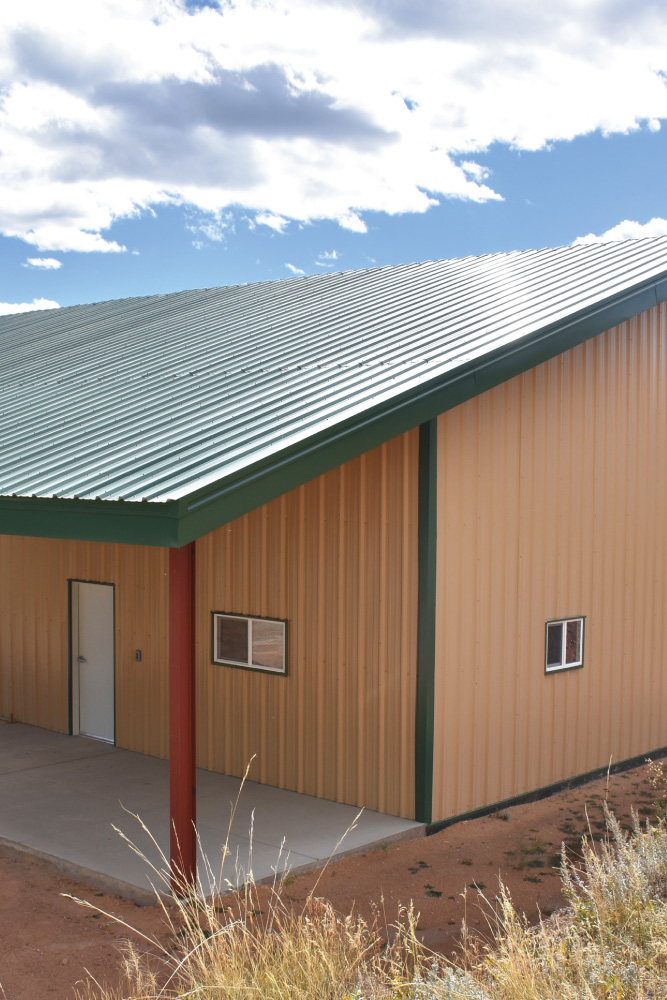There are many different types and installation methods out there along with a lot misinformation about which products offer the greatest energy savings.
Wet insulation under a metal roofing.
Installing metal roof insulation is not a difficult.
But the greater the temperature difference the less humidity the system can handle before dripping.
This is one of the dangers of using corrugated roofing on low pitched roofs.
A roofing underlayment could have multiple layers.
And also the wet blanket insulation starts to dry off under warm weather and steams the underside of the roof sheet.
To help with energy conservation and noise pollution many office buildings and homes use metal roof insulation as a way to cut down on these issues.
Metal roofing is one of the most durable and long lasting roof materials on the market and can easily last for decades with little maintenance.
The reflective layer applies in hot regions to resist the build up of heat in the building.
The problem with using insulation alone.
Moisture trapped inside of insulation is a breeding ground for mold and bacteria.
The metal roof has been a very popular roofing material for some time but people have just started using insulation within the roofing system as a means to block out sound and keep heat in.
The goal of insulation is to keep the inside to outside temperature difference low enough at a specific humidity level to prevent it from reaching the dew point.
Premature corrosion commences and the life span of the metal roof is drastically shortened even the roofing screws rust away.
They are used in commercial and residential structures to protect against weather and other exterior elements.
Roofing insulation is one of the most important and misunderstood building components.
Coping with wet insulation if the fiberglass within your wall cavity or in your attic becomes wet from a leaky roof or burst pipe it will lose insulating effectiveness until the material dries out.
Metal roofs are made from steel copper or aluminum panels.
Wet insulation means trapped moisture that will slowly degrade the entire roofing system from the decking to the building itself.










